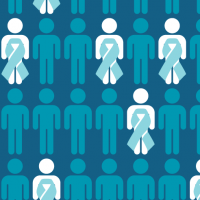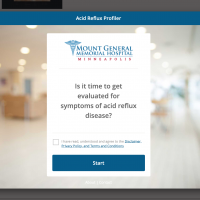Would it surprise you to learn that cancer experts say identifying men at high risk for prostate cancer would benefit the most from screening and treatment? Those same experts also agree that improved diagnostic techniques along with a personalized risk assessment are great ways to improve the patient’s decision-making process.
Read MoreTips & Support:
3 Ways to Dominate the Demographics Report
Demographic information is some of the most basic data collected from an HRA but can contain a wealth of knowledge. Knowing what information is collected and available is the first step to becoming an integral part of your overall HRA strategy and measurement.
Read MoreTips & Support:
Best Practice: Lightbox Implementation
When a user clicks to launch an HRA from your website, what happens? Does the HRA open in a new page or tab, or does it appear as a popup lightbox over the content of your hospital website? While there are two different options on how to launch an HRA, the Lightbox View is our recommended best practice.
Read MoreBarb Goergen: Turning Experience Into Purpose
As a co-founder of Medicom Health, Barb has experienced significant transitions and been integral in leading through evolutions to what the company is today. Health assessments are often the first product that comes to mind in the Medicom Health platform, but it hasn’t always been the case. Nearly 20 years ago, work was primarily to create interactive programs for large pharmaceutical companies and national medical associations, like the American Heart Association, American Diabetes Association and National Cancer Institute.
Read MoreTips & Support:
Putting HRAs to Work in Your Marketing Campaigns
Medicom Health’s v3 HRAs have ushered in many improvements that have helped our clients’ completion rates soar. Along with the changes, though, came the removal of lesser-used features that some marketers appreciated as part of their v2 strategies.
Read MoreHealth Awareness:
Stroke Awareness Is More Than Think FAST or BE FAST
May is Stroke Awareness month, but don’t just remind people to think F.A.S.T., give them a way to understand their personal risk of stroke.
Read More



















 Thank you for your interest.
Thank you for your interest.